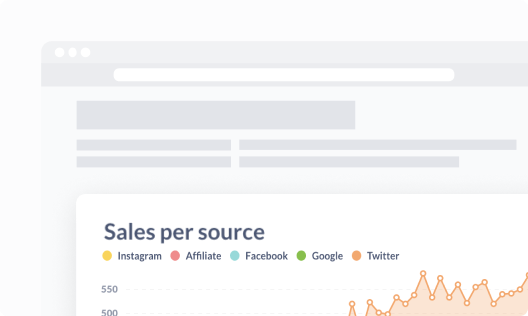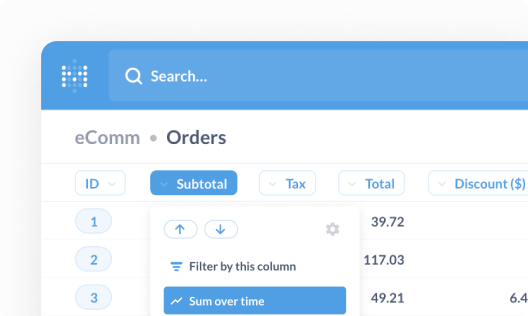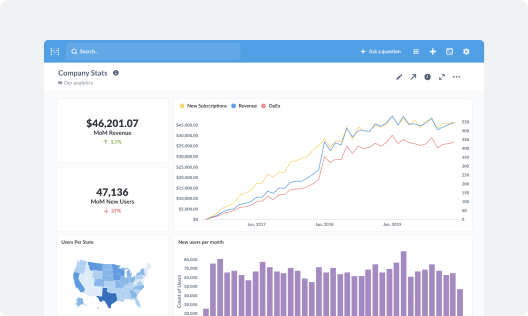Product
Features
Docs
Resources
Blog
News, updates, and ideas
Events
Join a live event or watch on demand
Customers
Real companies, real data, real stories
Discussion
Share and connect with other users
Metabase Experts
Find an expert partner
Community Stories
Practical advice from our community
Recent Blog Posts
 Product Hunt AMA Recap: embedding, open source success, and more
Introducing Metabase's new Embedded Analytics SDK for React
Metabase alternatives: peeking at other Business Intelligence tools
Maps data visualizations: best practices
How to visualize time-series data: best practices
Product Hunt AMA Recap: embedding, open source success, and more
Introducing Metabase's new Embedded Analytics SDK for React
Metabase alternatives: peeking at other Business Intelligence tools
Maps data visualizations: best practices
How to visualize time-series data: best practices

Business Intelligence
Self-service analytics for your team

Embedded Analytics
Fast, flexible customer-facing analytics
Data Sources
Security
Cloud
Demo
Watch 5-minute demo
Analytics dashboards
Drill-through
Query builder
SQL editor
Models
Permissions
CSV upload
Sandboxing
Usage analytics
Collections
Updates
What’s new
Roadmap






